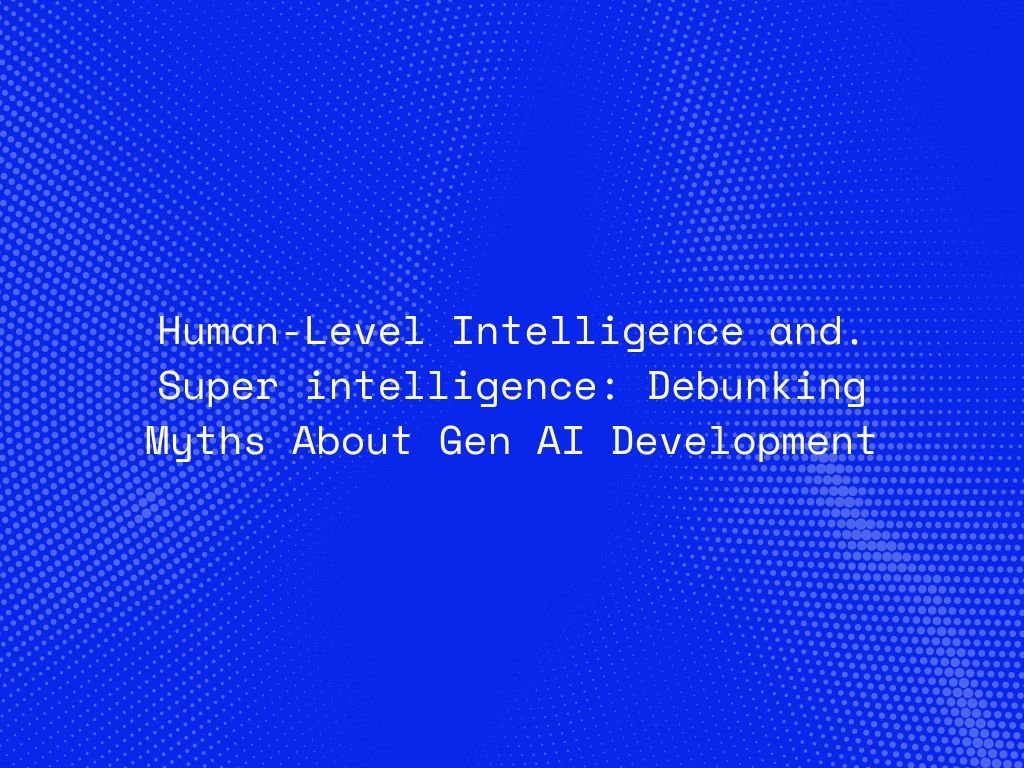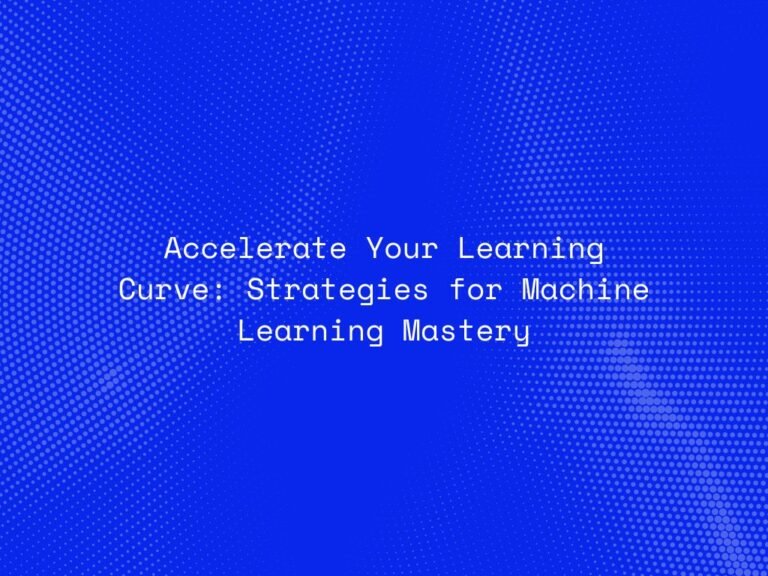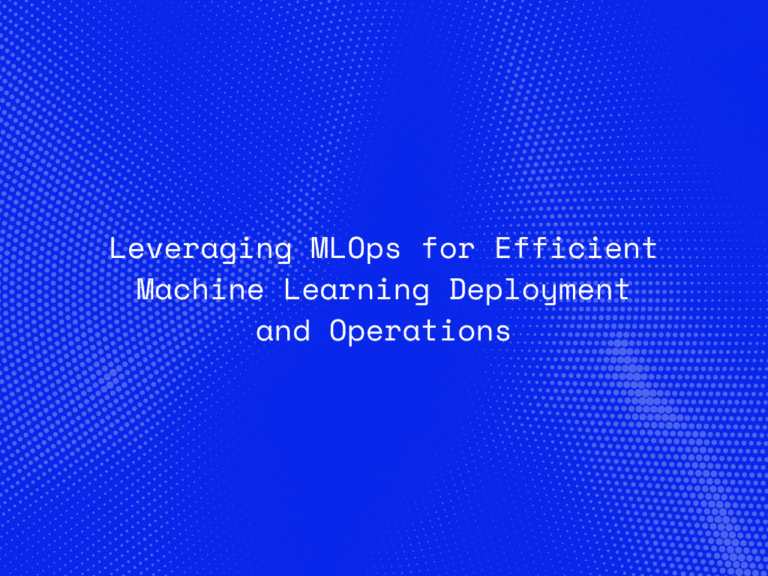The rapid advancement of Artificial Intelligence (AI) has spurred discussions about the potential for Human-Level Intelligence and Superintelligence. These concepts often come with a mix of excitement and fear, fueled by both scientific speculation and popular culture. To understand the true potential and limitations of Generative AI (Gen AI), it’s crucial to debunk some common myths.
Myth 1: AI Will Soon Surpass Human Intelligence
One prevalent myth is that AI will soon achieve and surpass human-level intelligence, leading to a superintelligence that can outperform humans in every aspect. While AI has made significant strides, achieving true human-level intelligence involves more than just processing vast amounts of data. Human intelligence encompasses emotional understanding, creativity, and context-awareness, which are still challenging for AI to fully replicate.
Current Gen AI models, like GPT-4, are impressive in their ability to generate human-like text and perform specific tasks. However, they operate based on patterns and data they were trained on, lacking genuine understanding or consciousness. The leap from advanced AI to superintelligence is a complex and uncertain journey, not an imminent reality.
Myth 2: AI Will Take Over All Jobs
The fear that AI will lead to widespread job displacement is another common myth. While AI and automation are transforming various industries, leading to changes in job roles, they are also creating new opportunities. The key is augmentation rather than replacement. Gen AI can handle repetitive and mundane tasks, allowing humans to focus on more complex, creative, and strategic work.
For example, in healthcare, AI can assist with diagnosing diseases and analyzing medical images, but the expertise and empathy of human doctors remain irreplaceable. By automating routine tasks, AI can enhance productivity and innovation, leading to the creation of new job categories and industries.
Myth 3: Superintelligent AI Will Be Inherently Dangerous
The notion of superintelligent AI as an existential threat to humanity is a popular theme in science fiction. While it’s important to consider ethical implications and establish robust safeguards, the idea that superintelligence will inevitably be dangerous is an oversimplification. AI development is guided by human intentions and objectives, and responsible research includes building mechanisms to ensure AI systems align with human values and safety standards.
Organizations like OpenAI and Google DeepMind are actively working on AI safety and ethics, aiming to develop AI systems that are beneficial and controllable. The future of AI depends on careful design, regulation, and collaboration between researchers, policymakers, and society at large.
Myth 4: Gen AI Understands Context and Emotion Like Humans
Another myth is that Generative AI understands context and emotions as humans do. While Gen AI can generate text that appears contextually relevant and empathetic, it does not possess true understanding or emotional awareness. It operates based on patterns in the data it was trained on, without genuine comprehension or feelings.
For instance, chatbots powered by Gen AI can simulate empathetic responses, but they do not experience emotions. Their responses are generated from learned patterns rather than actual emotional intelligence. This distinction is crucial in applications where genuine human interaction and empathy are essential.
Myth 5: AI Development is Outpacing Human Control
There is a misconception that AI development is progressing so rapidly that it is beyond human control. While AI technology is advancing quickly, the development process involves extensive testing, ethical considerations, and regulatory oversight. Researchers and developers are keenly aware of the potential risks and are actively working to ensure AI systems are safe, transparent, and aligned with human values.
Collaboration between the tech industry, governments, and international organizations is essential to create frameworks that guide responsible AI development. Initiatives like the Partnership on AI and the AI Ethics Guidelines by the European Commission are examples of efforts to balance innovation with safety and ethical considerations.
Conclusion
The future of Generative AI and the potential for Human-Level Intelligence and Superintelligence is filled with both promise and challenges. By debunking common myths, we can better understand the realistic trajectory of AI development and its implications for society. Embracing a balanced perspective allows us to harness the benefits of AI while addressing ethical and safety concerns. The journey toward advanced AI is a collective effort that requires informed dialogue, responsible research, and proactive regulation.




